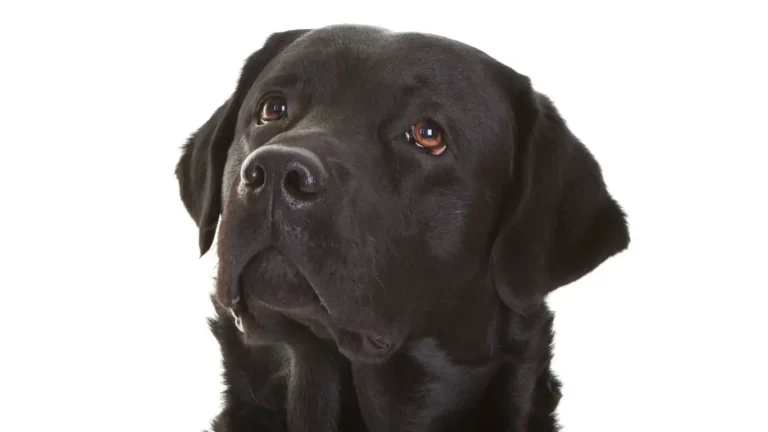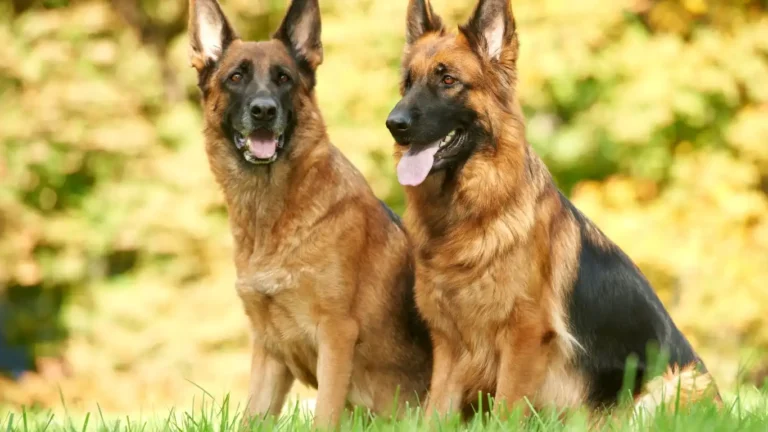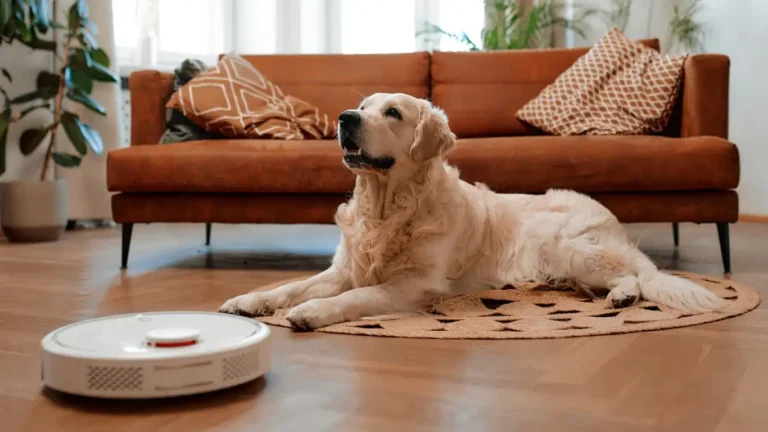How to Prevent Tartar Buildup on Dog Teeth for Better Oral Health
If you’re a dog owner, keeping your pup’s teeth clean might not be the first thing on your mind. But just like people, dogs can get plaque and tartar buildup that can lead to gum disease, bad breath, and even tooth loss. The good news? With a little care, you can help keep your dog’s teeth healthy for life.
Understanding Tartar Buildup on Dog Teeth
To understand how to prevent tartar, it helps to know what it is. Tartar, also called dental calculus, is hardened plaque. Plaque is a sticky film made up of bacteria, food particles, and saliva. If it’s not cleaned off, plaque turns into tartar, which sticks firmly to the teeth and under the gums.
Once tartar forms, it’s much harder to remove and can only be cleaned off by a veterinarian. That’s why prevention is key. Over time, tartar can lead to inflammation, infection, and a painful condition called periodontal disease.
Dogs can’t brush their teeth like humans, so they rely on us to help keep their mouths clean and pain-free.
How It Works: What Happens in a Dog’s Mouth
Your dog’s mouth is a busy place. Every time your dog eats, bacteria mix with leftover food and form plaque. Within 24 to 72 hours, this plaque can harden into tartar if it’s not removed. Tartar builds up most around the gum line, where it’s hard to see and easy to miss.
The rough surface of tartar makes it easier for even more plaque to stick. This starts a cycle that can lead to red, swollen gums (gingivitis), tooth decay, and even infections that spread to the heart or kidneys in severe cases.
That’s why preventing tartar isn’t just about fresh breath — it’s about protecting your dog’s whole health.
Common Causes of Tartar in Dogs
Some dogs are more prone to tartar than others. Here are a few things that can raise your dog’s risk:
- Breed and size: Small breeds like Chihuahuas and Toy Poodles tend to have crowded teeth, making them more likely to trap food and bacteria.
- Age: The older the dog, the more time plaque has had to build up and harden.
- Diet: Soft, wet food sticks to teeth more than dry kibble, leading to faster plaque buildup.
- Genetics: Just like in people, some dogs naturally have more tartar issues than others.
- Lack of dental care: Dogs that don’t get regular brushing or dental chews are more likely to have tartar buildup.
Being aware of these risk factors can help you be proactive about your dog’s dental health.
How to Prevent Tartar Buildup on Dog Teeth
Prevention is the best treatment when it comes to tartar. The goal is to stop plaque before it turns into tartar. Here’s how you can help:
1. Brush Your Dog’s Teeth Regularly
This is the gold standard of dental care. Use a toothbrush and toothpaste made for dogs — never use human toothpaste. Aim to brush at least 2–3 times a week, though daily is best.
2. Use Dental Chews and Toys
Many dog chews are designed to help scrape off plaque and massage the gums. Look for products approved by the Veterinary Oral Health Council (VOHC) for extra peace of mind.
3. Offer a Healthy Diet
Dry kibble tends to help reduce plaque better than soft food. Some special dental diets are also made to clean the teeth as your dog chews.
4. Try Dental Water Additives
These are added to your dog’s drinking water to help control bacteria and reduce plaque. They’re a good option for dogs who hate brushing.
5. Schedule Regular Vet Checkups
Your vet can spot early signs of dental disease and may recommend professional cleanings. Depending on your dog’s needs, this might be once a year or more often.
6. Consider Professional Cleanings
During a professional cleaning, your vet will remove tartar both above and below the gum line using special tools under anesthesia. This helps protect your dog’s teeth long-term.
7. Use Dental Wipes or Sprays
If brushing is difficult, dental wipes or sprays can be a useful backup. They don’t replace brushing but can help reduce bacteria between brushings.
Making dental care a regular part of your dog’s routine can prevent bigger problems later. Start slow and be consistent — most dogs get used to it over time.
Signs Your Dog Might Have a Tartar Problem
Watch for these signs that may point to tartar buildup or dental disease:
- Bad breath (it’s not just “doggy breath” if it’s strong or foul)
- Yellow or brown buildup on the teeth
- Red or swollen gums
- Drooling more than usual
- Difficulty chewing or eating
- Pawing at the mouth or face
If you notice any of these signs, it’s a good idea to check in with your vet. Early treatment can prevent more serious problems.
When to Seek Help
If your dog shows signs of dental discomfort or has visible tartar on their teeth, make an appointment with your veterinarian. They can evaluate the situation and recommend the best course of action, which may include a professional dental cleaning under anesthesia.
Also, if your dog resists brushing or seems to be in pain during mouth care, don’t force it. Let your vet know — they can check for hidden issues and suggest easier alternatives that suit your dog’s needs.
Taking care of your dog’s teeth may feel like a chore at first, but it becomes easier with practice. And the payoff is huge: better breath, a healthier mouth, and a happier pup who’s more comfortable and full of life.
Start small, stay consistent, and don’t hesitate to ask your vet for guidance. You’re doing a great job just by taking this first step.





